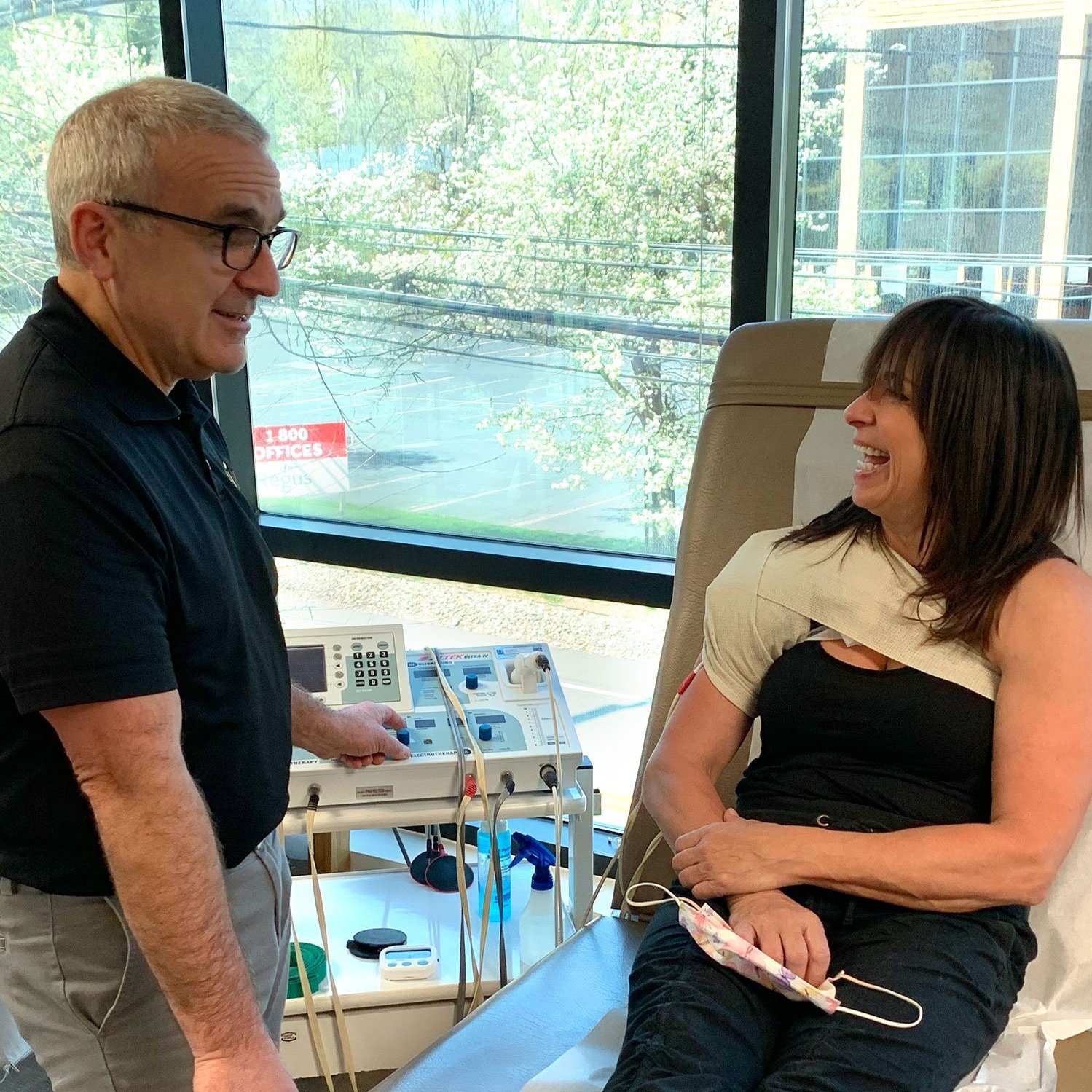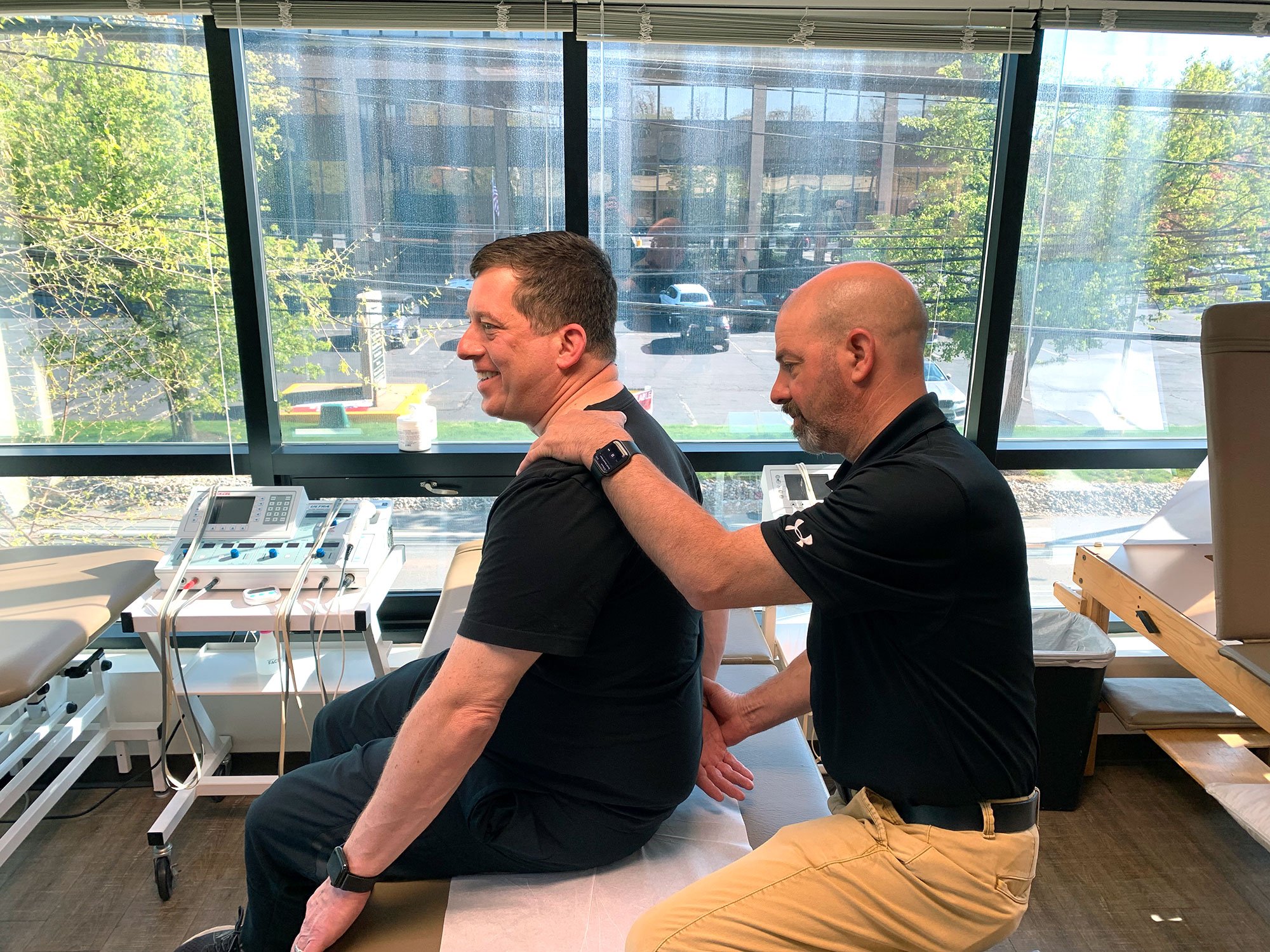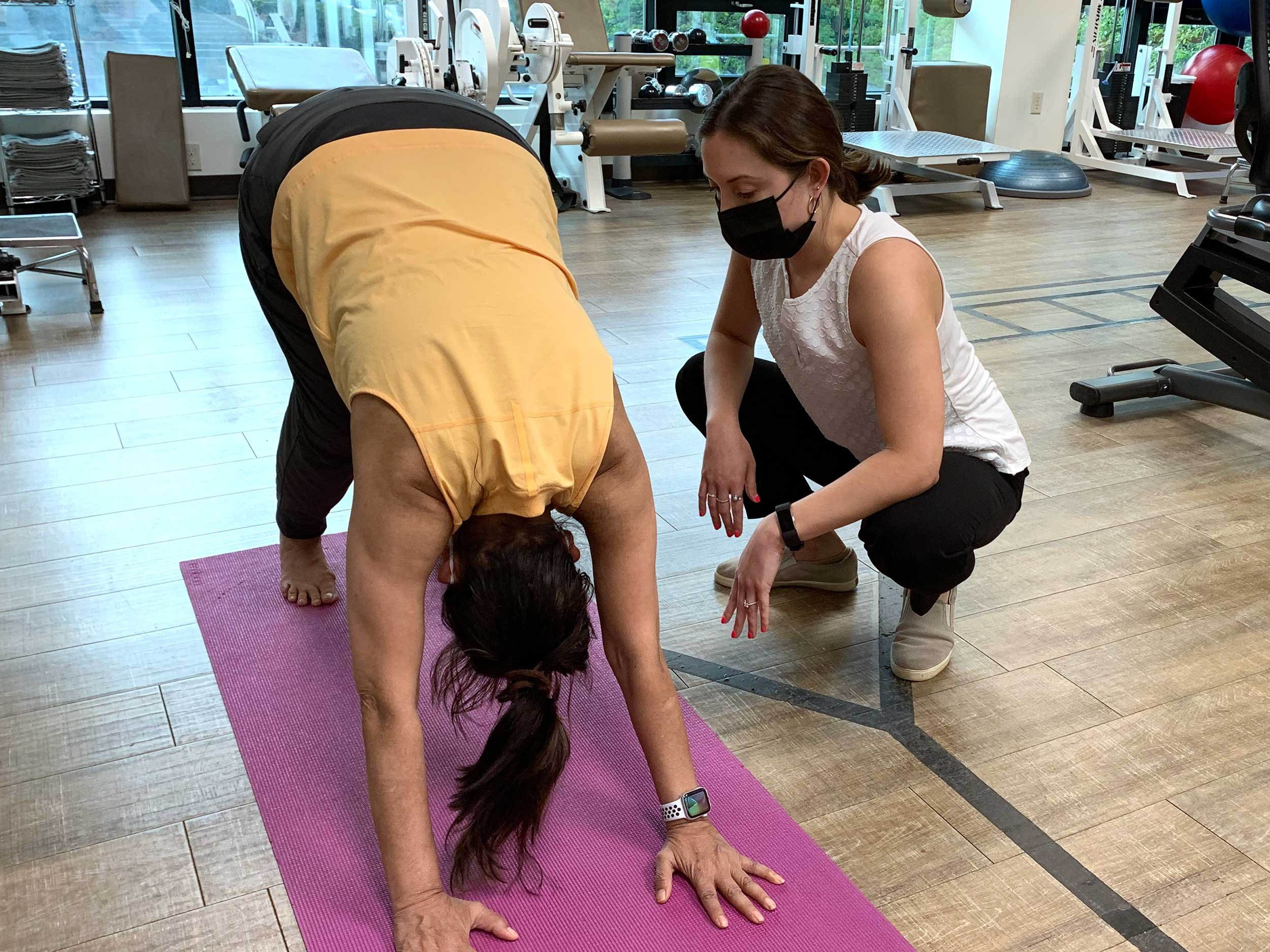Did I Receive Quality Physical Therapy?
As with all medicine, there is a broad spectrum of quality when it comes to the care that you receive. In many cases it is obvious that your care was good or bad, but frequently bad care is disguised by friendliness, temporary reductions in pain, or providing fun or easy treatments to avoid more difficult conversations. While mediocre care may be enough to help some injuries, it could lead to repeated injuries, continued avoidance of painful activities, or failed care.
Below we outline common patient scenarios as well as the things you should be aware of when going through physical therapy care so that you receive quality care.
Physical therapy patients typically fall into three categories:
1. Will Get Better with a Small Amount of Strengthening
Patients often need to be stronger to handle tasks they want to do without pain. Even if you suffered a one-time injury, just increasing strength can often help you return to normal. A generalized physical therapy program will usually be sufficient after an examination to rule out any serious issues or deficits. A skilled physical therapy professional will make this process smooth, but if you’re a patient like this, you will eventually be better with even a simple program.
Example: Knee meniscus pain that improves with getting 10% stronger.
2. Need Treatment Targeted Toward Their Specific Injury
Some patients need treatment for their specific injury and respond just like the textbook would indicate. A level of skill and knowledge about your specific injury will be required to rehab these conditions and injuries, but a physical therapy plan may not need to be highly personalized to be effective.
Example: An ankle sprain that requires joint mobilization and specific balance progression.
3. Need Treatment Specifically Targeted Toward THEM
If you’re a patient that has a more complicated presentation or more complex demands in their life such as a physical job or sports, keep reading. Patients in this category need their injury to be considered while the treatment is tailored specifically toward how THEY present. An expert physical Therapist will treat ALL patients as if they are in this category.
Example: Multiple episodes of low back pain where hip issues are the cause of the issue.
While laser targeted care is not necessary to get better in my first two examples, targeted care will provide many advantages over bare-minimum care. Some of the differences are:
Faster rate of progression
Understanding your injury so you can take part in your care
Less trial and error to find successful treatment
More structured plan to get to your end goal
Better chance at returning to a full level of function or above your prior level of function
Here are some hallmarks of what makes for excellent physical therapy.
As a patient who is in charge of their own health, it is important to know what to look for in the professionals caring for you.
The tips below are great things to look for in a physical therapist.
1. Treatment should be provided by a Physical Therapist Only
There are many models that physical therapy businesses employ. Many use aides, technicians, and interns to allow their physical therapists to see more patients. There is nothing wrong with aides assisting in daily duties like cleaning and organizing the clinic, BUT if your exercises are led or taught by anyone other than a licensed professional, there is a high likelihood that your care is being compromised. It is hard to expect someone who is not adequately educated or trained to provide you with corrections or cues during your exercises. You can be more confident in your care knowing you are being monitored and progressed by the physical therapist who created the plan for you.
2. You Know Your Diagnosis AND What the Contributing Factors Are
Your physical therapist and/or doctor should initially spend time diagnosing your condition. Your physical therapist should spend time asking questions and assessing the way your body moves so they can explain what factors contribute to your injury or condition. This should be taught so that you fully understand why your injury has occurred and what needs to happen to make it better.
3. Exercise is the Priority in Your Treatment
Hands-on treatments, “popping/cracking” joints, ice, heat, and electric stimulation can feel nice, but the primary focus of treatment should be on exercise. Hands on treatment should still still occur in most cases, but these passive treatments are much less successful when performed without tailored exercise treatment. Your physical therapist’s goal in treatment should be to progress from passive treatments to active strength and mobility, where YOU, the patient, are able to manage your symptoms moving forward.
4. Your Treatment was More than Stretching
Stretching should and must be included in your program for many injuries, but there should also be a focus on strengthening. Strengthening improves the capacity of your body to do any activity or task. You may need to stretch to gain more range of motion, but strength will let you take that new range of motion into feeling better and the rest of your life.
5. You Did Not Spend Too Much Time Using Ice and Heat
Ice and heat have short-term effects, at best. Many clinics utilize ice and heat to buy time so physical therapists can see other patients. It is easy to put an ice pack on at home, but a great physical therapist will make sure you are not in so much pain that you need one. There are always exceptions and instances where this treatment might be necessary and helpful, but it should not comprise a large portion of all of your therapy sessions.
6. You Learned How to Best Prevent Future Injuries
Understanding your injury, how it occured, and what factors contributed to it will hopefully help you start a plan to avoid future injuries. Your physical therapist should have many conversations with you on how you can be more healthy as a whole so you can return to a higher level of function. For example, if you’re being evaluated for a sprained ankle, a physical therapist should explain to you not only the healing process for the ligaments in your ankle, but also the importance of strengthening your core and hips to help stabilize your ankle and prevent future sprains.
7. Your Treatment was Tailored to Your Specific Goals and Activities
Everyone deserves to do the things that they want to do. While many, many bouts of physical therapy will start off with similar exercise or treatment strategies, as things progress, they should be more specifically tailored to what YOU want to get back to. A runner's progression in treatment should look much different than a basketball player's treatment even if they both had a grade 2 ankle sprain. The demands of their sport are much different and should be treated accordingly.
How can you be sure you are going to get this kind of care when you are making your first appointment?
My best advice for any kind of healthcare facility is to do your research before choosing where to schedule your first appointment or consultation. Call clinics you are interested in, ask them questions about the staff who will be treating you, and what your care will look like. Even further, it may be worth your while to check out the facility in person to see if they are putting into practice what they are saying on the phone.
Our facility at Summit Physical Therapy is run and operated by physical therapists and, from start to finish, you will be seen by a physical therapist only. We pride ourselves in providing personalized, tailored treatments to get you back to what you love to do. If you are interested in working with us, request an appointment now!



